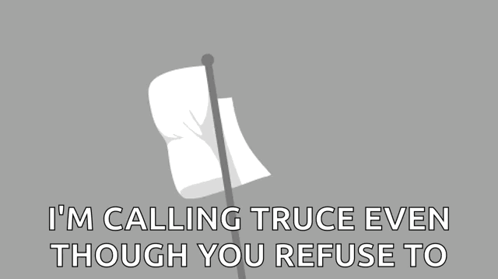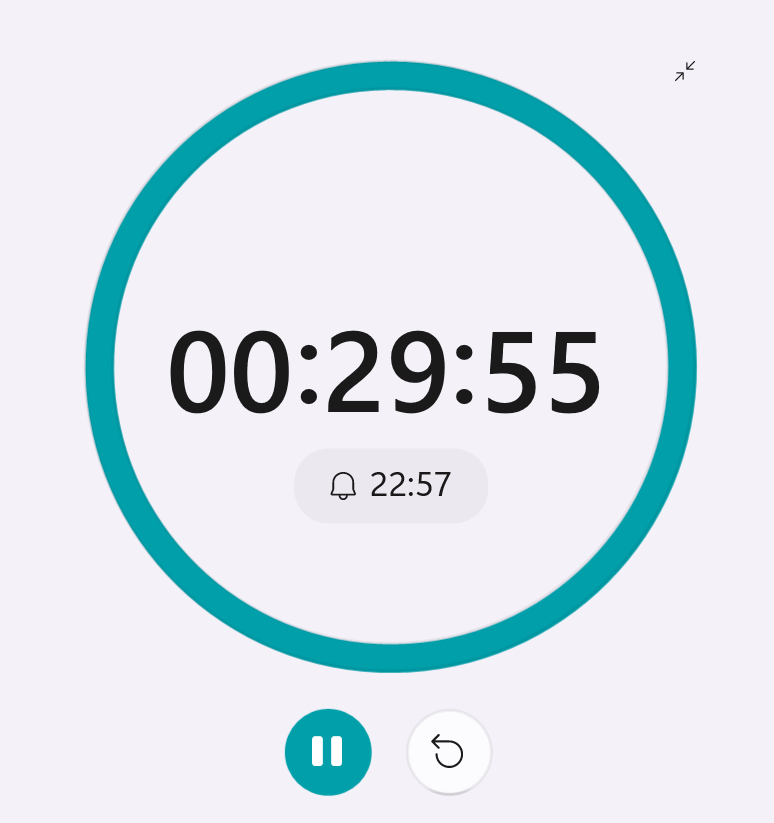I have been craving to write about the independent web and how I have started being a part of this culture. This post is gonna be quite a long one, 'cause it's a personal + technical one and an open writing.
The Beginning
I started my journey with the IndieWeb in 2023 when I first created a webpage on GitHub using HTML and CSS. I didn’t use any templates, rather hand coded everything from ground zero — for my love to code in HTML and CSS.
I’m not a fan of JavaScript or other fancy webstuff, as I don’t feel comfortable with them (not my cup of tea).
Though I have coded some basic coding in JavaScript and have a good knowledge of data structures, unfortunately, I don’t enjoy the process.
My main motive to maintain a blog is to embrace my love to write but present them in the most suitable way, correlating with the mood I want to set for my writings. On my research and learning about designing and CSS frameworks, I realized that the blog required a minimalist look, which allowed readers to engage with the post directly.
I planned out my layout and designed a static page with posts in simple HTML. I used my ASCII art skills to create landing image on the top. May be more on this story in other blog.
My exposure to IndieWeb
As I started to look into how others create blogs or websites for writing, I came across a group who appreciated a different approach, called IndieWeb.
IndieWeb is a movement that promoted having an independent web, rather than relying on social media to publish our work—be it writing, photography, poetry, videos, drawings and sketches, etc.
The concept was all about owning the content and not falling for SEO and the algorithms of social media while publishing content. You probably know that I don’t have a niche. I blog random topics from a list of interest areas that I like to read or write about—basically, whatever strikes an interest in me.
I came to the realisation that social media algorithms are controlled by some random dude who cares nothing for the creator. I used to blog on Tumblr and Instagram, and I saw very little engagement due to the algorithm being selective about what it displays. Social media is not social anymore—rather, it’s psycho media, based purely on psychological behavior trends of its users.
You check out some random reel of a cat today, and you’ll see mostly cat reels piled up on your dashboard or homepage the next minute. The app just wants someone to be specific. I created multiple Instagram pages—one for my personal blog, another for my abstract art, one for my typography art, one for my poetry, and one for my write-ups. This became a big nightmare as I had to post regularly on all of them, and it was hard.
I was not able to post what I wanted, nor show my work properly. My posts were not even displayed on the home page/dashboard of my close friends who used to like my feed before.
This made me rethink and shift to the independent web: IndieWeb.
In short, maintaining an IndieWeb helps its users retain full ownership of their content and present it exactly as they want. No algorithm would judge the content or determine its fate; that is left to the humans reading it.
Since I started writing on my blog, I started reading and learning more about such concepts. I got exposed to concepts like POSSE and Blogroll.
What is POSSE?
POSSE stands for Publish (on your) Own Site, Syndicate Elsewhere.
So basically, POSSE is a principle in which the independent creators on web, first publish their content on their own websites. This content will be later reshared on other social media platforms using a link alone or CTA story followed by the link to their original write up on the website.
I started writing all my write-ups and publish them first on my own site, and then I share it (fully or partially) on other platforms like:
This is called syndication. Syndicating your content helps you maintain ownership, as your site remains the original source. By posting across different social platforms, you increase the chances of visibility and discovery among various audiences.
So now I have a single face on my social media as a "blogger". I publish just a brief on the story and link to the post on my blog. The original post is published on my website (unless I write for someone else).
The core idea of POSSE is:
You control your content (since it lives on your site).
You reach your audience where they are (by syndicating it).
You retain a canonical version of your work on your domain, which helps with longevity, archiving, and SEO.
Blogroll
A blogroll is a list of links to other blogs or websites that a blogger recommends. It's usually found on the side or bottom of a blog. The purpose of a blogroll is to share favorite sites with readers, helping them discover new content that the blogger enjoys or finds useful.
Today I have also become a part of a very successfully running
Blogroll:
 |
| Screenshot from the https://blogroll.org/ |
This way being on a blogroll, can help others interested to know about my blog and may be get converted to regular readers.
Relying on a self-made blog, though the blog is hosted on
Blogger and domain registered on
Squarespace, brings in a couple of advantages:
- Being part of a worldwide Blog lovers
- Being part of a movement
- Own your writing and content
Joining the IndieWeb has changed my writing journey for the better. It allows me to own my content and share it freely without worrying about social media algorithms. With the POSSE approach, I can publish my work on my own site and still share it on other platforms, helping me connect with more readers.
Being part of a blogroll has also helped me meet other bloggers and grow my audience. This community supports each other and makes sharing our work more enjoyable.
As I continue on this path, I look forward to exploring new ideas and connecting with others. I encourage everyone to consider the IndieWeb, where you can express yourself freely and share your unique voice with the world.
Labels: blogroll, IndieWeb, life, POSSE, stories













